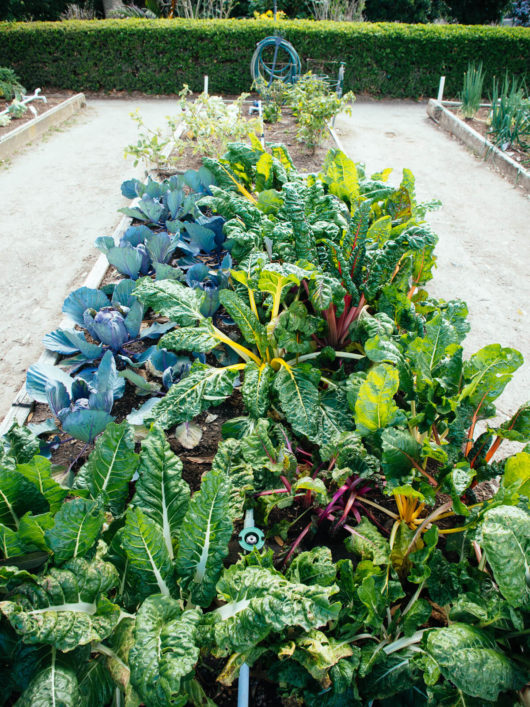
I should know better, but it happens every year: I start too many seeds, feel uncertain about whether or not I planted enough, then realize I’m growing more than my family can possibly eat. And I don’t think I’m alone in this!
My eyes are much bigger than my stomach — and my garden — at the start of every season, and I inevitably end up with hundreds of seedlings that I scramble to find room for in any patch of bare soil.
Or sometimes, on the flip side, I don’t plant nearly enough of my favorite fruits and vegetables.
For a while, I struggled with knowing exactly how much to plant in a vegetable garden to feed my family. Finding that balance between having enough food to eat and preserve, while wasting as little as possible to overripeness, rotting, and the compost pile, can be tricky.
(I know that returning plants to the life cycle by way of composting isn’t really waste, but those unused vegetables still took time, water, and other resources to grow.)
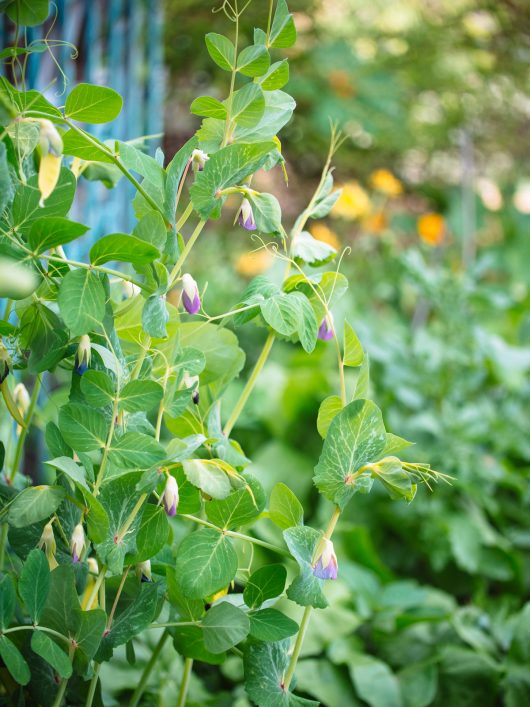
Over the years, I’ve tracked how much we grow versus how much we eat, and I thought it was worth sharing these numbers with you to ease some of the pre-planting anxiety we all feel when mapping out our garden beds.
The only downside to having hard numbers to reference is that they’re highly variable when it comes to a topic like this. Factors like the size of your garden, your growing conditions, and even the appetites of your family members all influence on how many plants are considered “enough.”
So, use this information as an approximate starting point for planning your garden, and tailor it accordingly based on your own family’s needs, preferences, and resources.
5 Factors to Consider Before Deciding How Much to Plant
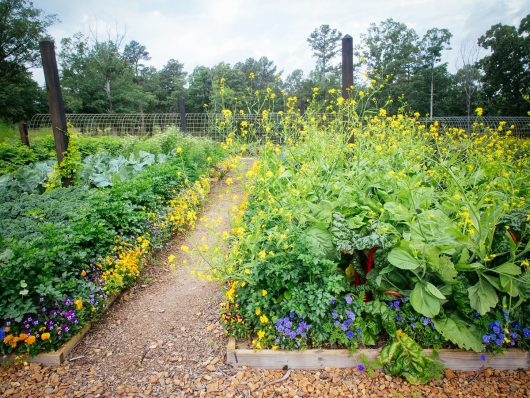
1. How big is your garden?
This is the most limiting factor when deciding how much to plant. Even if you want to grow enough tomatoes to feed your family for an entire season, those plants take up a lot of space. You may find yourself needing to scale back in order to provide some variety for your meals, or you may decide that you’d rather grow as many tomatoes as you can and just buy other vegetables you like to eat.
(A tip from my own experience: I tend to focus on growing vegetables that are expensive to buy organic, such as tomatoes and bell peppers, over less expensive produce like leafy greens and onions.)
Remember that garden space doesn’t have to be within the confines of a “proper” garden either. You may be able to get away with growing salad greens in a window box, letting beans and cucumbers climb a back fence, or adding artichoke plants to your ornamental landscaping in the front yard.
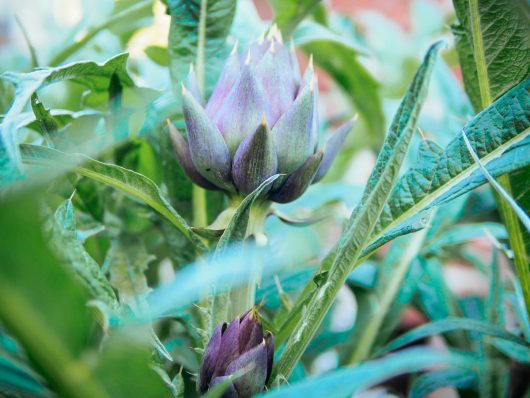
By being creative with plant placements, you can maximize a small space and produce more food than you thought was possible.
2. What does your family like to eat?
It goes without saying that you should grow the fruits and vegetables that your family likes to eat, and plant only one or two of each variety that you want to try. Be honest and realistic about what your typical meals look like, and how much time you actually have to use or cook what you grow.
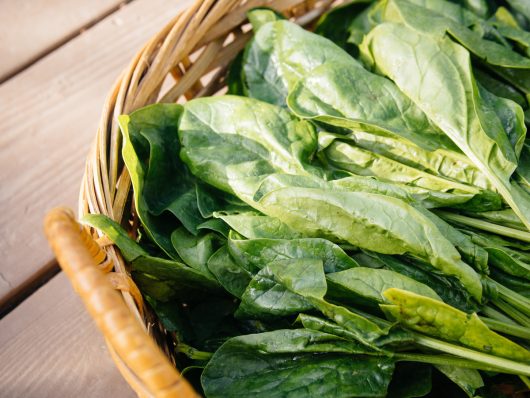
If rhubarb is something you only use for the occasional pie or cobbler, you might be better off buying it. If green smoothies are a regular part of your morning routine, you might want to grow more spinach and carrots than suggested. And if you absolutely love beets, you could succession plant 5 to 10 plants every couple of weeks, instead of a single crop all at once.
3. How old is each person in your family? What is that person’s lifestyle like?
A toddler will obviously eat less than a teenager, and family members who stay home all day will likely eat more than those who commute to work and eat out often. Keep the ages and lifestyles of each member in mind as you plan your garden, and adjust the number of plantings to suit everyone’s needs.
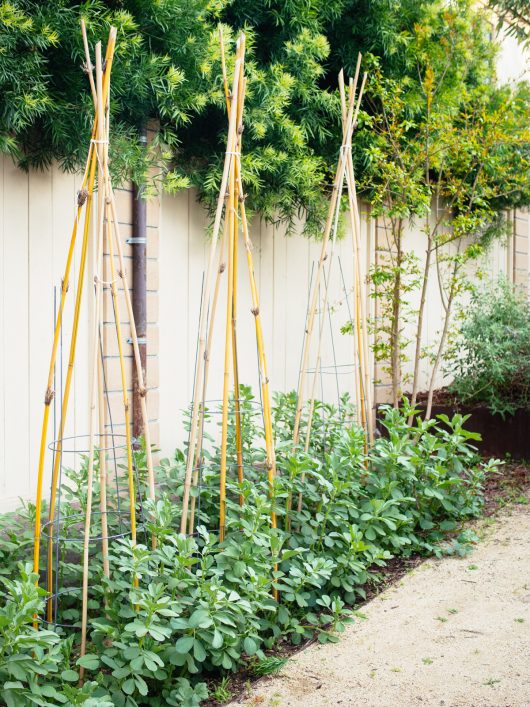
If you raise chickens or feed your dogs a homemade diet, you may want to add a few more plants for them, too.
4. Do you like to eat in season or preserve excess harvests for later use?
The chart below lists the number of plants needed for fresh consumption. If you plan to preserve any of your fruits and vegetables, you’ll probably want to grow more than what is suggested.

A general rule of thumb, depending on the type of vegetable preserved and how much you actually want to store, is to quadruple the number of plants suggested in the chart.
5. What can you grow successfully in your climate?
Different soil and weather conditions, even year to year, can affect the yield from your plants. Some crops are more prolific in warmer climates than they are in cooler climates, or they may have a shorter life cycle dictated by summer heat or first frost.
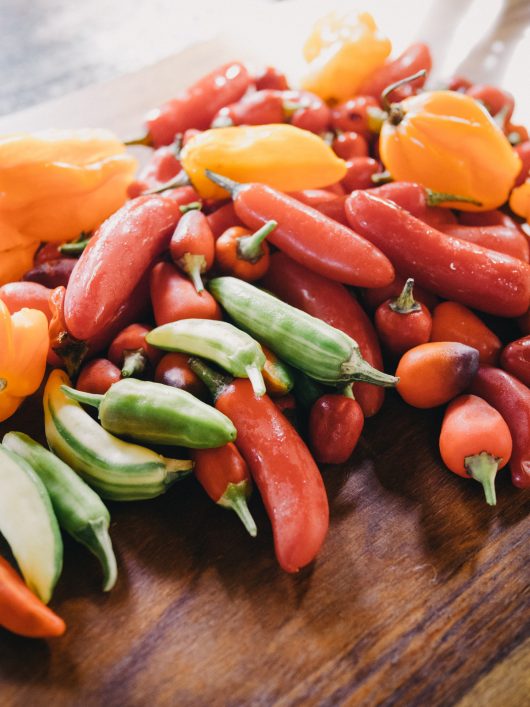
Ultimately, the number of plants you grow may vary based on how productive your garden and growing climate are.
How Much to Plant in a Vegetable Garden to Feed a Family
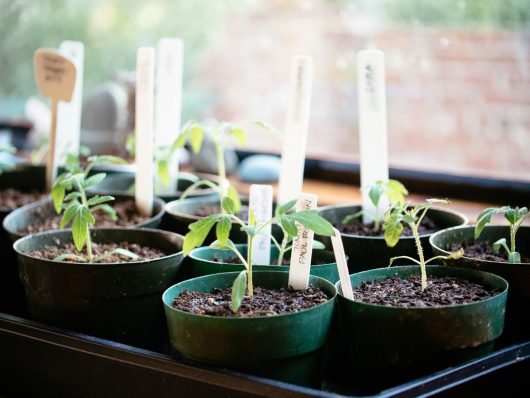
These amounts are taken from my own personal experience and the average yields of common crops. They don’t take succession planting into account; so for example, if you need to plant 20 carrots per person, you could plant 10 at the start of the season and 10 in the middle of the season for a continuous harvest.
All amounts are based on fresh eating, so adjust accordingly if you plan to preserve any of your harvests or have an extra long growing season.
| Crop | Number of Plants to Grow |
| Artichoke | 1 to 2 per person |
| Arugula | 5 per person |
| Asparagus | 5 to 10 per person |
| Bean (bush) | 5 to 10 per person |
| Bean (fava) | 4 to 8 per person |
| Bean (pole) | 3 to 5 per person |
| Beet | 5 to 10 per person |
| Bok choy | 1 to 3 per person |
| Broccoli | 2 to 4 per person |
| Brussels sprout | 1 to 2 per person |
| Cabbage | 2 to 4 per person |
| Carrot | 10 to 20 per person |
| Cauliflower | 2 to 4 per person |
| Celery | 2 to 6 per person |
| Chard | 2 to 3 per person |
| Collard | 2 to 3 per person |
| Corn (sweet) | 6 to 12 per person |
| Cucumber | 2 to 4 per person |
| Daikon | 3 to 6 per person |
| Eggplant | 1 to 2 per person |
| Garlic | 10 to 15 per person |
| Kale | 3 to 5 per person |
| Kohlrabi | 4 to 8 per person |
| Leek | 10 per person |
| Lettuce | 5 per person |
| Melon | 2 to 3 per person |
| Mustard green | 5 to 10 per person |
| Okra | 2 to 3 per person |
| Onion (bulb) | 10 to 20 per person |
| Onion (scallion) | 15 to 25 per person |
| Onion (shallot) | 10 to 20 per person |
| Parsnip | 5 to 10 per person |
| Pea (shelling) | 15 to 30 per person |
| Pea (snap or snow) | 3 to 5 per person |
| Pepper (sweet) | 3 to 5 per person |
| Pepper (hot) | 1 to 2 per person |
| Potato | 5 to 10 per person |
| Radish (spring) | 15 to 25 per person |
| Radish (winter) | 5 to 10 per person |
| Rhubarb | 1 to 2 per person |
| Spinach | 5 to 10 per person |
| Squash (summer) | 1 to 2 per person |
| Squash (winter) | 1 to 2 per person |
| Sweet potato | 5 per person |
| Tomatillo | 1 to 2 per person |
| Tomato (cherry) | 1 per person |
| Tomato (slicing) | 2 to 4 per person |
| Turnip | 5 to 10 per person |
Have you started your seeds or transplanted your seedlings yet? Here are a few links to help you get started:
- How Long Do Seeds Really Last? (Plus, a Cheat Sheet on Seed Storage Life)
- The No-Brainer Guide to Starting Seeds Indoors
- Soaking Seeds to Speed Germination
- Leggy Seedlings: What Causes Them and How to Correct Them
- How to Harden Off Your Seedlings
- Gardening Quick Tip: Eat Those Thinnings
The post How Much to Plant in a Vegetable Garden to Feed a Family appeared first on Garden Betty.
ClassyGroundcovers.com helps you beautify your world with stunning and exotic perennials, and offers Free Shipping. Customers rate them 4.9 stars at Google and top 30 out of 7000 at DavesGarden.com, take 20% off your order with discount code "gardenbetty" (expires May 31, 2018).
from Garden Betty https://ift.tt/2qUphQB

No comments:
Post a Comment